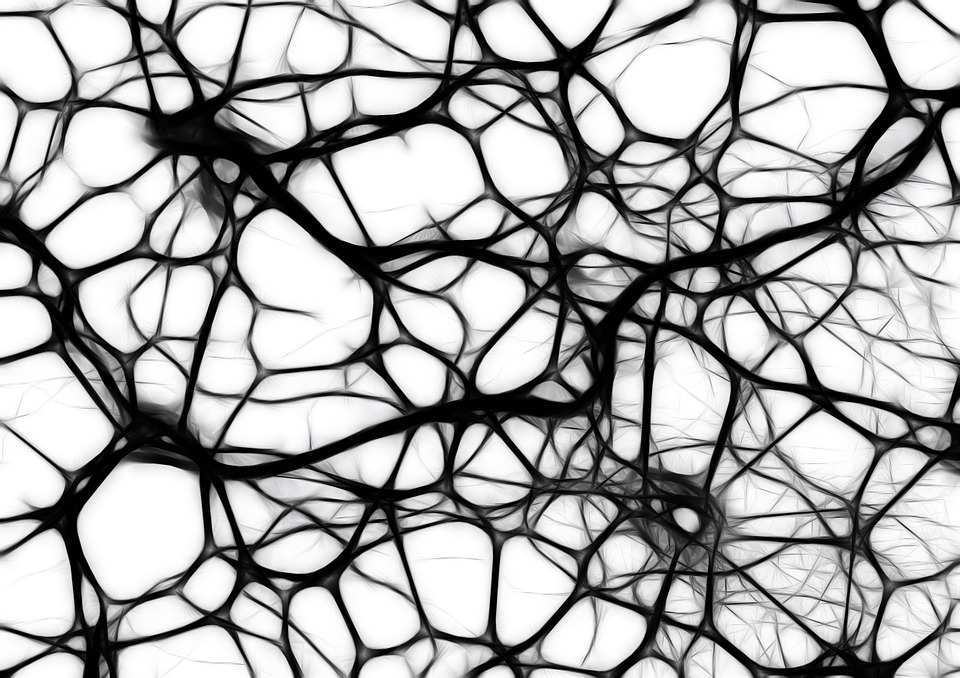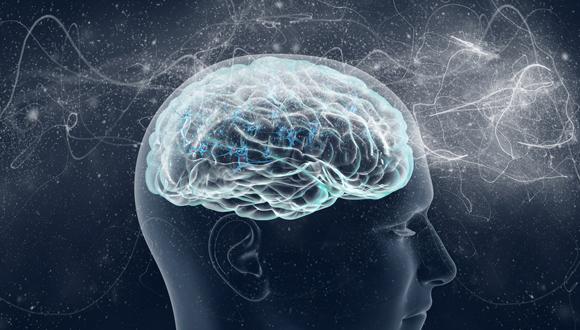Neural development is an extremely complex and highly orchestrated process, involving genetic cascades during which dozens of genes are activated at specific times and places.
Neural by CEL-Arts
Polycomb-group (PcG) proteins play an important role by reversibly repressing the activity of a set of developmental regulatory genes. Now, Haruhiko Koseki, Takashi Kondo and colleagues from the RIKEN Center for Integrative Medical Sciences and RIKEN Brain Science Institute have revealed the mechanisms by which one member of the PcG protein family regulates the activity of a control gene called Meis2.
PcG genes, which were first identified in the fruit fly Drosophila melanogaster, encode two protein complexes called Polycomb-group repressive complexes 1 and 2 (PRC1 and PRC2) that silence target genes by recognizing and binding to DNA sequences called Polycomb responsive elements (PREs). A number of explanations for the mechanism of gene silencing have been proposed, but as many of the genes of interest are found in complex clusters on the genome, it has proved difficult to study the interactions among functional DNA elements and the individual proteins involved.
Koseki and his colleagues overcame this difficulty by studying how a particular PcG protein interacts with the Meis2 gene. The Meis2 gene occupies a large segement of genome and the PcG binding sites within it are separated by large distances, making its interactions with regulatory proteins far easier to study.
In a series of experiments involving cell culture, staining with fluorescent antibodies, and biochemical assays of DNA and proteins isolated from normal and genetically engineered mice, Kondo and his colleagues showed that Meis2 repression depends on the binding of a protein called RING1B to a regulatory DNA sequence known as a promoter at the front end of the Meis2 gene. This is followed by interaction with another regulatory sequence called the RING1B-binding site (RBS) at the other end of the gene.
During early development of the midbrain, the DNA–protein complex associates with another regulatory DNA sequence called the midbrain-specific enhancer (MBE) and this interaction is dependent upon RING1B. The RBS–RING1B complex then detaches itself, leaving the promoter–MBE complex to activate the Meis2 gene. The results show that PcG proteins are involved in the activation process by bringing the enhancer and promoter together.
“We are now trying to identify the components needed for binding the enhancer in order to bring it to the promoter and also for kicking out the PcG protein from the promoter,” says Kondo. “If we can understand more about these mechanisms, it may lead to clinical applications in the future.”
Story Source:
The above story is based on materials provided by The Riken Center.





